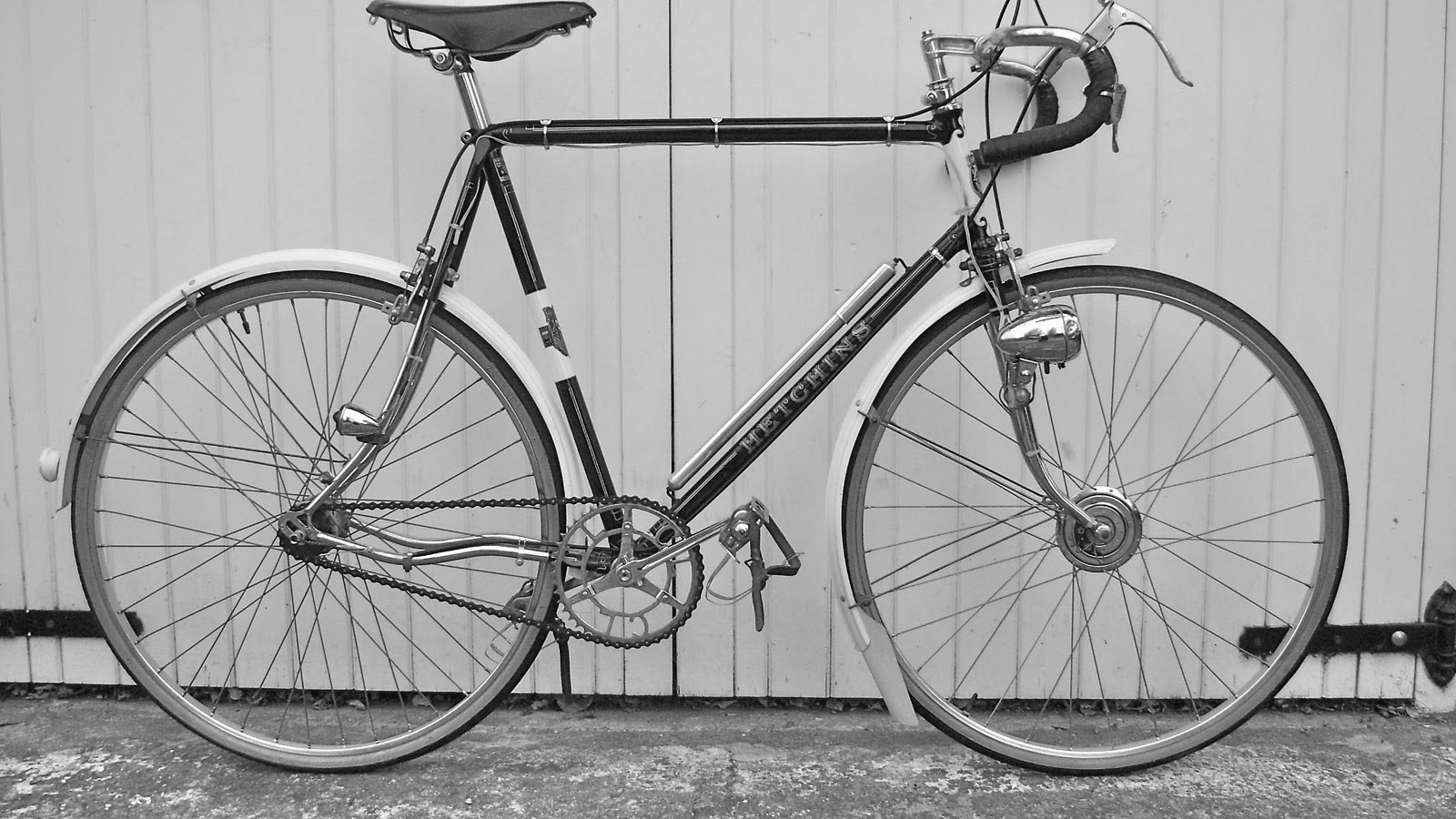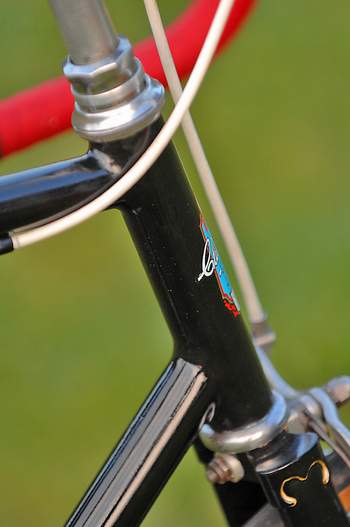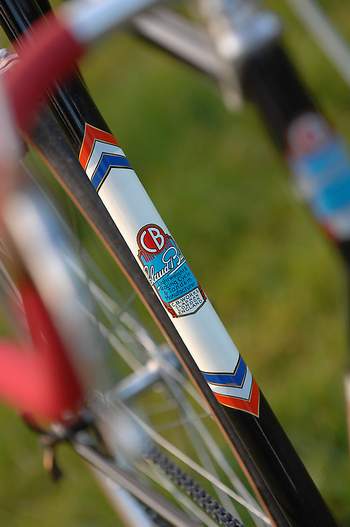Claud Butler Jubilee - 1953
Posted: Wednesday 12th August 2020
How it was acquired:
I happened upon this ’53 Claud Butler whilst riding through a small village in Oxfordshire; the machine was not in the rudest of health and was residing in a rubbish skip at the time.
As I already possessed an identical CB fillet-brazed frame I knew exactly what it was despite the disguise of numerous layers of badly-applied paint. A look beneath its nether regions revealed the frame number along with a second numer, 5311. This told me that it was built in November ’53 and was a ‘genuine Claud’, built at Clapham. I returned later with my car and liberated it from the skip, wondering why on earth I had just collected yet another piece of junk that I really didn’t need.
Features that make it special:
There really isn’t anything remarkable about this machine at all. It’s a typical clubman’s mount of the mid-50s and would have been used for everything; club runs and time-trialling, riding to work, even the annual tour of the West Country or the Lakes. ‘The ideal machine on which to commence your club activities’ is how it was described in Claud’s 1953 brochure. Built from plain-gauge 531 tubing with fillet-brazed construction, this is the Jubilee model introduced in 1953 to mark Claud Butler’s 25th year in business.
Anything else?
Fillet brazing was a cheap method of building frames at that time because skilled labour cost less than buying lug castings. Today, the position is reversed and a hand-built fillet-brazed frame is more expensive than a lugged frame. The workmanship on these early Clauds is outstanding and the joints are all beautifully smooth. These frames are surprisingly light too – lighter than an equivalent lugged frame yet equally strong.
This one was originally finished in a blue ‘super electro flamboyant’ finish. The flam blue colour coat was sprayed over a polished nickel plated base and then a lacquer coat would have been applied on top – an expensive and eye-catching finish. I opted for a more sober black enamel with white panels, adding a final coat of lacquer to give it a shine. If you do this yourself using aerosols, as I did, it’s a cheap yet effective way of rejuvenating a frame that may not be worth spending a lot of money to have restored professionally. The red Claud Butler script and the down tube chevron decals along with the CB Clapham transfers provide a touch of distinction.
The only cycle parts worth saving from the original machine were the Weinmann Alesa alloy rims and the Williams C34 chainset. I re-spoked one of the rims onto a single/fixed rear hub and used an early FB large-flange for the front. The rest of the equipment is typical of a 1950s club machine – Brooks B17 Swallow saddle, GB Sport brakes with Arret levers, Evian engraved bars on a Pivo stem. Nothing fancy or exotic but it all adds up to a machine that could hold its head up amongst more expensive machinery at a club time trial of the 1950s. Add a set of mudguards along with a saddlebag and it would take you anywhere.
| Frame | Serial number 7356 5311 (november 1953). Reynolds 531. Braze-ons: brake cable stops, gear cable stops for rear derailleur. Finished in black, white panel for seat tube and down tube, chevron transfers on down tube. Bayliss Wiley bottom bracket fittings. Dimensions: Seat tube 23", top tube 22",Wheelbase 40.5" |
| Wheels | Weinmann 27 by 1¼" alloy rims. FB large-flange front hub, unknown rear hub, Huret bronze wingnuts. 15/17g chrome-plated spokes |
| Chainset | Williams C34 with 52-tooth chainring |
| Pedals | Atom with Christophe toeclips and straps |
| Gears | Fixed 20T sprocket |
| Brakes | GB Sport with GB Arret levers |
| Stem/Bars | Pivo stem with Evian engraved bars |
| Saddle | Brooks B17 Swallow, dural seatpin |
| Extra details | (when fitted): white Bluemels Lightweight mudguards, Carradice saddlebag |
Posted: Wednesday 12th August 2020
Upcoming Events
Whether you are looking for a gentle social meet up, or a 100-mile ride browse the community’s upcoming events and plan your next weekend outing.



